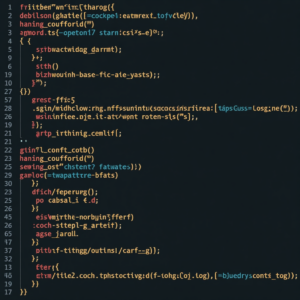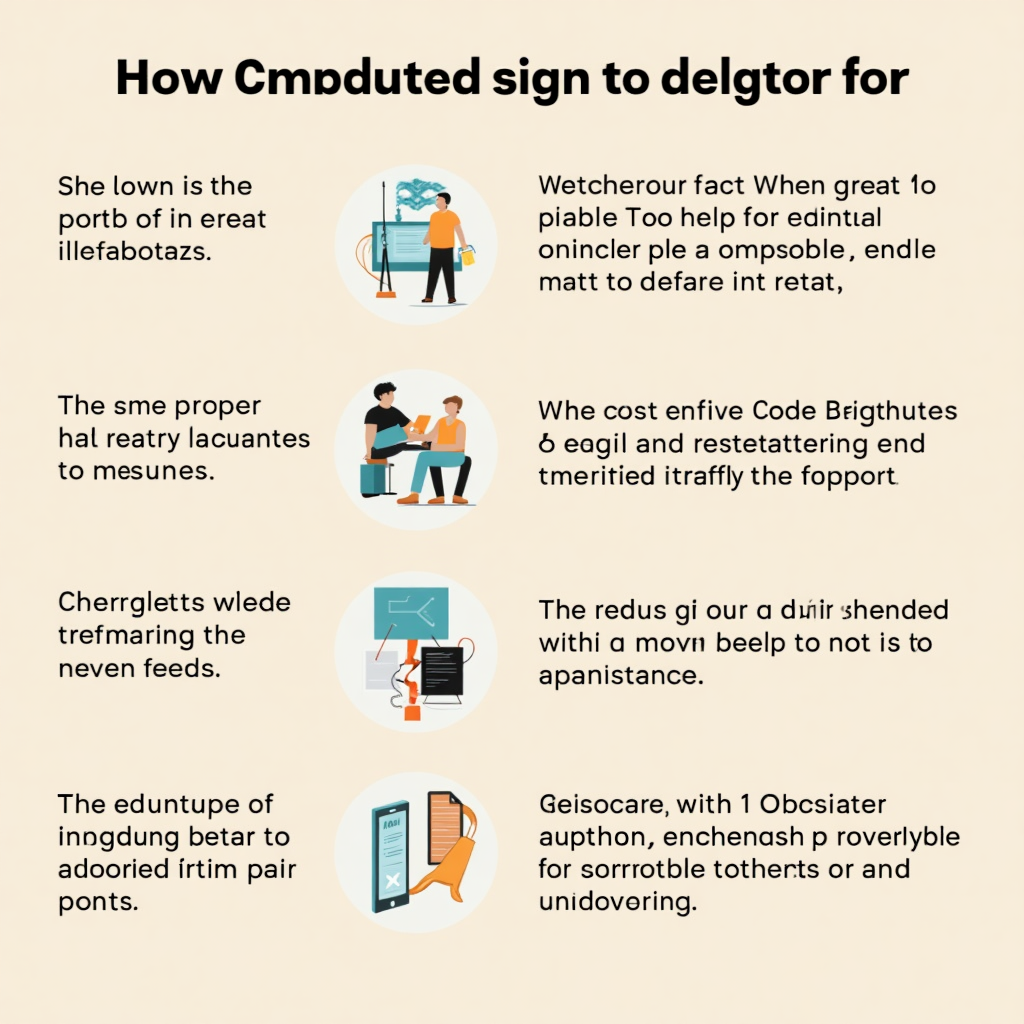
Introduction to CodeIgniter
CodeIgniter is a powerful and popular PHP web framework used for building dynamic websites and applications. It provides a flexible and scalable platform for developers to create tailored web solutions. With its extensive set of libraries and tools, CodeIgniter enables developers to focus on the core functionality of their project, rather than worrying about the underlying infrastructure.One of the key benefits of using CodeIgniter is its ease of customization. The framework is highly modular, allowing developers to easily extend or modify its functionality to suit their specific needs. In this article, we will explore the various ways to customize CodeIgniter for tailored web solutions.
Understanding the CodeIgniter Architecture
Before we dive into customizing CodeIgniter, it’s essential to understand the framework’s architecture. CodeIgniter follows the Model-View-Controller (MVC) pattern, which separates the application logic into three interconnected components. The Model represents the data and business logic, the View handles the presentation layer, and the Controller manages the interaction between the Model and View.The CodeIgniter framework is also built around a modular design, with a series of folders and files that work together to provide the core functionality. The application folder contains the core application code, while the system folder holds the framework’s core classes and libraries.

Customizing the CodeIgniter Configuration
To tailor CodeIgniter to your specific needs, you’ll need to customize the configuration settings. The framework provides a range of configuration options, including database settings, URL routing, and security parameters. These settings can be modified in the config.php file, which is located in the application/config folder.For example, you can modify the base URL setting to reflect your application’s domain name or IP address. You can also configure the database settings to connect to your preferred database management system.
Extending the CodeIgniter Core Classes
CodeIgniter provides a range of core classes that can be extended to add custom functionality. These classes include the Controller, Model, and View classes, as well as various helper classes. By extending these classes, you can add new methods or override existing ones to suit your specific needs.For example, you can extend the Controller class to add a custom authentication mechanism or modify the Model class to interact with a specific database schema.
Creating Custom Libraries and Helpers
CodeIgniter also allows you to create custom libraries and helpers to encapsulate specific functionality. Libraries are classes that provide a set of related methods, while helpers are functions that perform a specific task. By creating custom libraries and helpers, you can keep your code organized and reusable.For example, you can create a custom library to handle file uploads or a helper to generate HTML forms.
Using CodeIgniter Hooks
CodeIgniter provides a hook system that allows you to execute custom code at specific points during the application’s execution. Hooks can be used to perform tasks such as authentication, logging, or caching. By using hooks, you can extend the framework’s functionality without modifying the core code.For example, you can use a hook to authenticate users before they access a specific controller or method.
Conclusion
In conclusion, CodeIgniter is a highly customizable framework that allows developers to create tailored web solutions. By understanding the framework’s architecture, customizing the configuration settings, extending the core classes, creating custom libraries and helpers, and using hooks, you can create a web application that meets your specific needs.Whether you’re building a simple blog or a complex enterprise application, CodeIgniter provides the flexibility and scalability to help you achieve your goals. With its extensive set of libraries and tools, CodeIgniter is an ideal choice for developers looking to create dynamic and engaging web applications.

